 |
|
USSF-67 (Falcon Heavy) 15 January 2023 |
Launch Complex 39A Kennedy Space Center |
PAGE TWO OF TWO |
|
 |
|
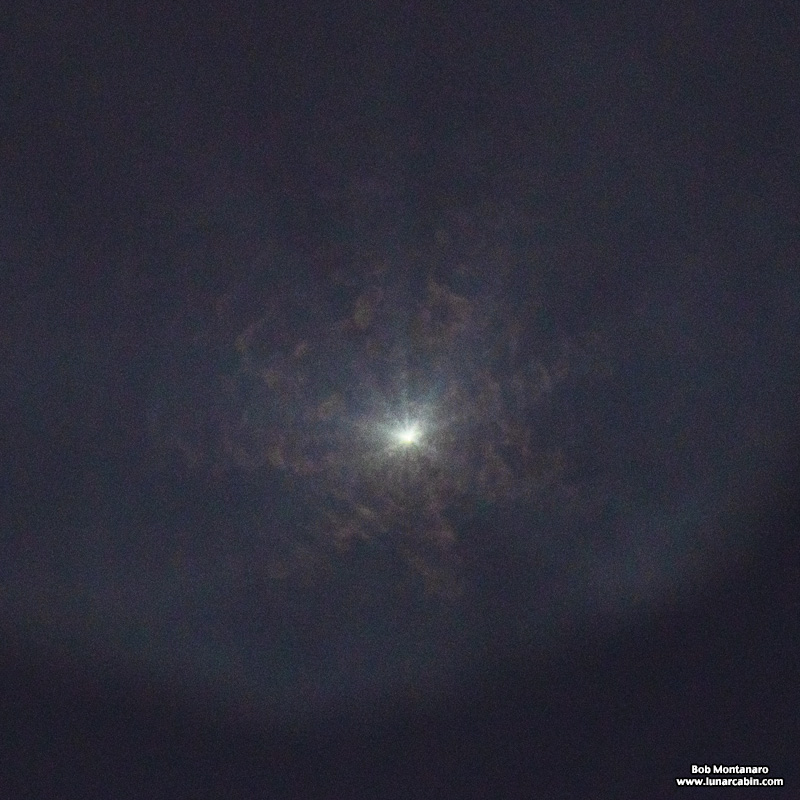 |
|
The second stage high altitude exhaust plume. |
|
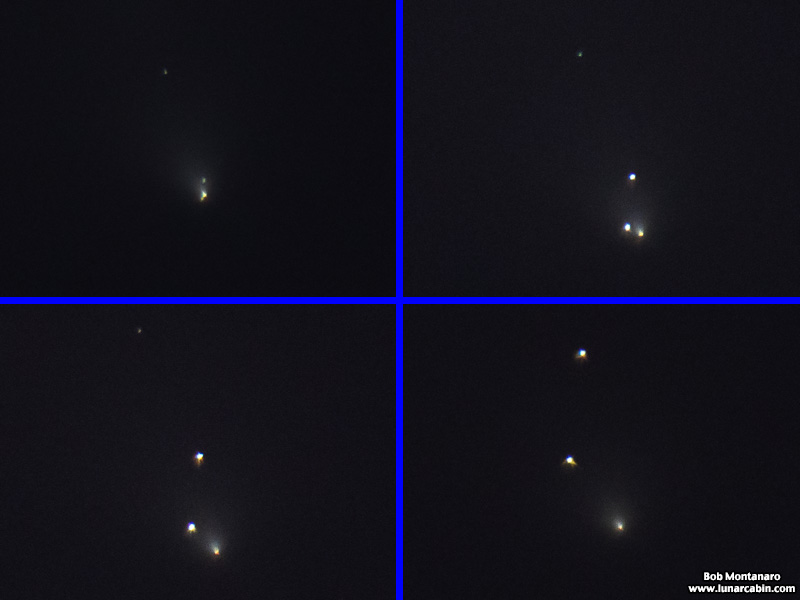 |
|
The twin fairings are jettisoned from around the payload on the second stage. |
|
 |
|
The side boosters continue their maneuvers as they head for landing. |
|
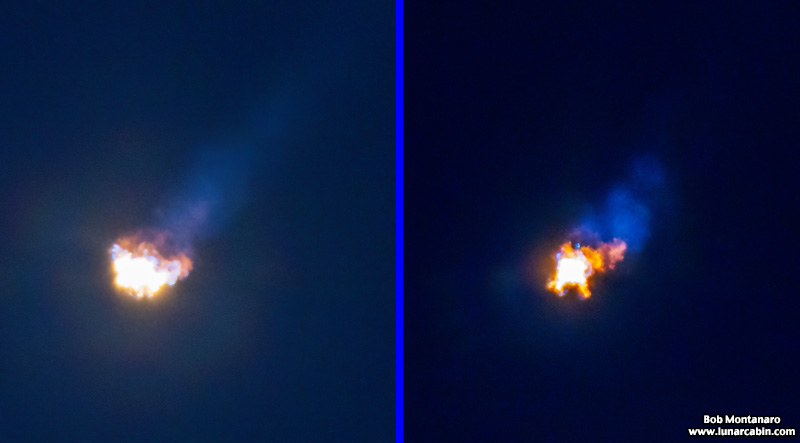 |
|
The entry burn of the two side boosters to slow their entry into the atmosphere. |
|
 |
|
One of the side boosters descending toward the Landing Zone. |
|
 |
|
 |
|
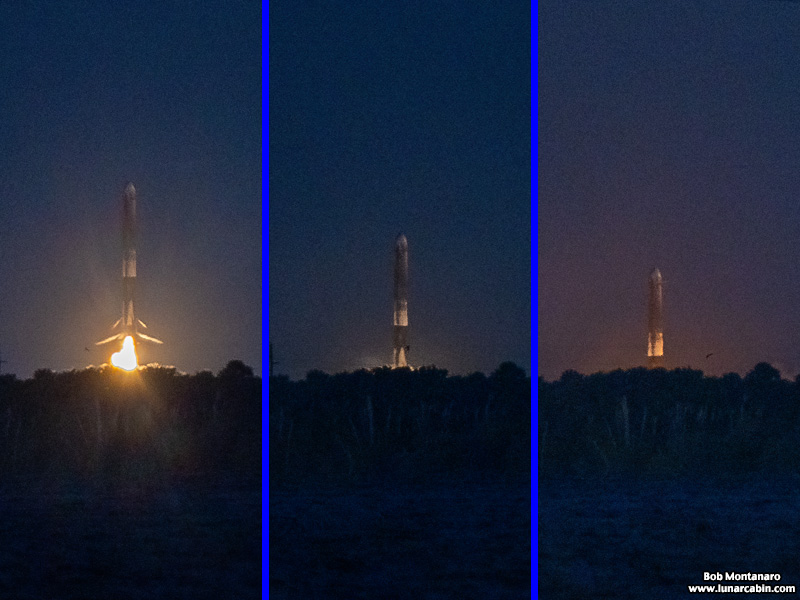 |
|
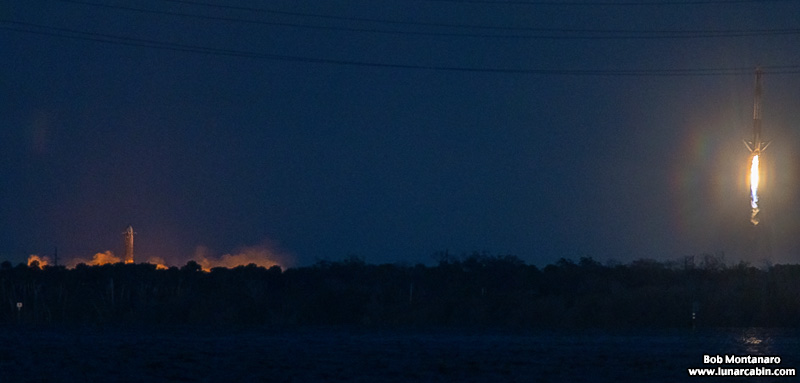 |
|
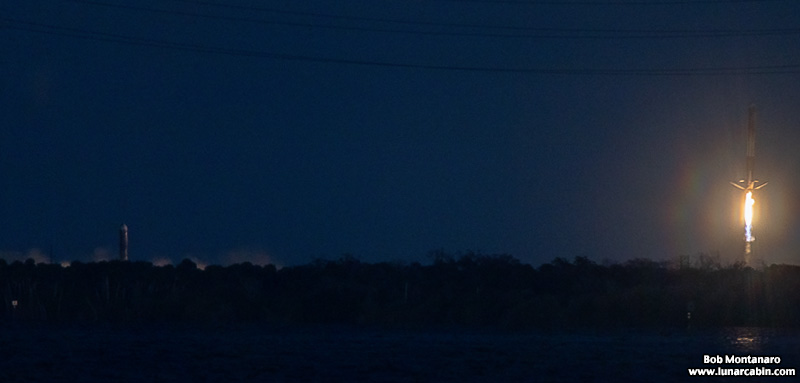 |
|
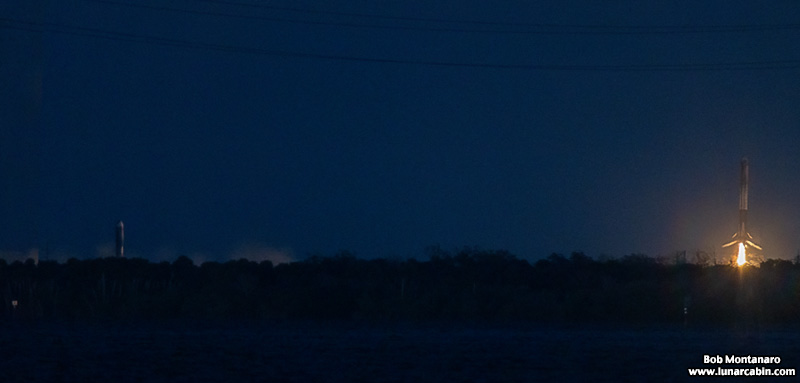 |
|
 |
|
 |
|
Touchdown of the side boosters at Landing Zones 1 & 2! |
|
SPACE SYSTEMS COMMAND MEDIA RELEASE Space Systems Command successfully launches second National Security Space Launch mission for U.S. Space Force on SpaceX Falcon Heavy |
|
EL SEGUNDO, Calif. – Space Systems Command (SSC) and their mission partners successfully launched a U.S. Space Force mission during an on-time liftoff at 5:56 p.m. Eastern (2:56 p.m. Pacific) today from Launch Complex-39A at NASA’s Kennedy Space Center, Florida, using SpaceX’s Falcon Heavy rocket. The mission, formally titled USSF- 67, is comprised of two co-manifested satellites used to transmit military communications data and transport payloads to space. Multiple commercial and government partners worked together to ensure the success of this multifaceted and important mission. “We had another fantastic launch today on a Falcon Heavy, just two months after our first National Security Space Launch mission using this launch system, and while the launch itself was impressive, I am most proud of the fact that we placed important capabilities into space that help our nation stay ahead of very real and growing threats,” said Maj. Gen. Stephen Purdy, program executive officer for Assured Access to Space. “We’re certainly on a roll with 96 consecutive successful national security space launches, and the takeaway is that we’ve really got a spectacular team working together on our most challenging launch profiles to ensure our mission partners get on orbit with confidence.” The forward spacecraft, SSC’s Continuous Broadcast Augmenting SATCOM (CBAS)-2, is a satellite destined for geosynchronous orbit to provide communications relay capabilities in support of our senior leaders and combatant commanders. The mission of CBAS-2 is to augment existing military satellite communication capabilities and continuously broadcast military data through space-based satellite relay links. The second spacecraft, the Long Duration Propulsive ESPA (LDPE)-3A, is used to rapidly place multiple, diverse payloads into orbit and provide critical data to inform and influence future U.S. Space Force programs. This LDPE-3A mission includes two SSC payloads: catcher and WASSAT, and three payloads developed by the Space Rapid Capabilities Office (SRCO). The SRCO payloads include two operational prototypes for enhanced situational awareness, and an operational prototype crypto/interface encryption payload providing secure space-to-ground communications capability. The LDPE spacecraft will continue to provide access to space for multiple DoD space Science & Technology (S&T) demonstration experiments. “This is a huge win for the entire space enterprise,” said Col. Joseph Roth, director, Innovation and Prototyping Acquisition Delta. “Not only are we significantly increasing our launch and on-orbit mission capabilities, we are also demonstrating and strengthening our space operations footprint to ensure we can rapidly respond to any developing threats from our adversaries. My hats off to the entire total force team that made this launch a huge success”. This Falcon Heavy launch, which took place at Launch Complex-39A, was the first SpaceX mission ordered under the Space Force’s National Security Space Launch (NSSL) Phase 2 contract. NSSL Phase 2 contracts use commercial-like contracts and pricing, saving significant taxpayer dollars while providing stability to the industry base, contributing to more efficient buying practices as well as manifest flexibility that benefits government and commercial customers alike. A prominent innovation developed by SpaceX and adopted by the U.S. Space Force is booster reusability. The side boosters for USSF-67 were the same ones used for USSF-44, which launched from the Eastern Range on Nov. 1, 2022. The efficiencies garnered from reusability benefit all customers, adding flexibility to a dynamic launch queue and cost savings. SSC is the U.S. Space Force field command responsible for rapidly developing, acquiring, equipping, fielding and sustaining lethal and resilient space capabilities. SSC mission capability areas include launch acquisition and operations, communications and positioning, navigation and timing (PNT), space sensing, battle management command, control and communications (BMC3), and space domain awareness & combat power. SSC is headquartered at Los Angeles Air Force Base in El Segundo, Calif. |
|
All contents copyright Lunar Cabin |
|